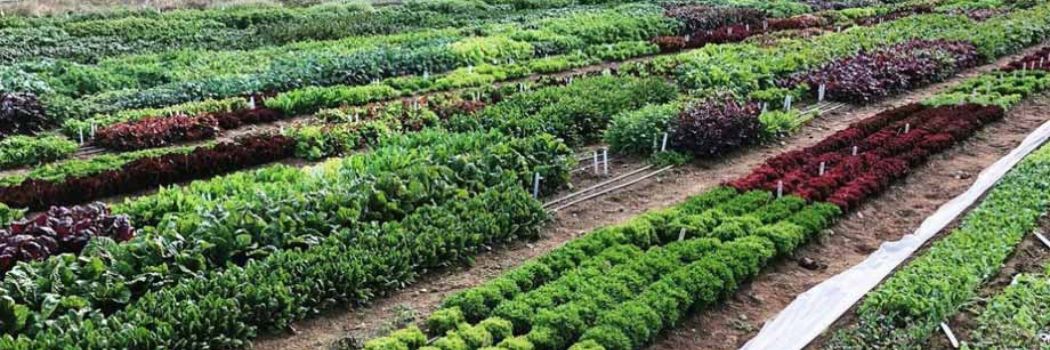
From Feast to Famine No More: Succession Planting for a Continuous Harvest
Have you ever experienced the bittersweet joy of a garden overflowing with ripe tomatoes, only to find yourself weeks later staring at empty vines, yearning for that fresh, sun-ripened flavor? Or perhaps you’ve planted a beautiful row of lettuce, enjoyed a few salads, and then watched it bolt in the summer heat, leaving you with nothing but bitter leaves? The short harvest windows of our favorite vegetables can be a frustrating reality for many home gardeners. But what if I told you there's a way to enjoy a steady stream of fresh produce from spring all the way through fall? The answer lies in a simple yet powerful technique called succession planting. Imagine crisp radishes in spring, followed by tender lettuce, then a bounty of bush beans stretching into autumn – all from the same garden space! That's the magic of succession planting, and it's easier than you think.
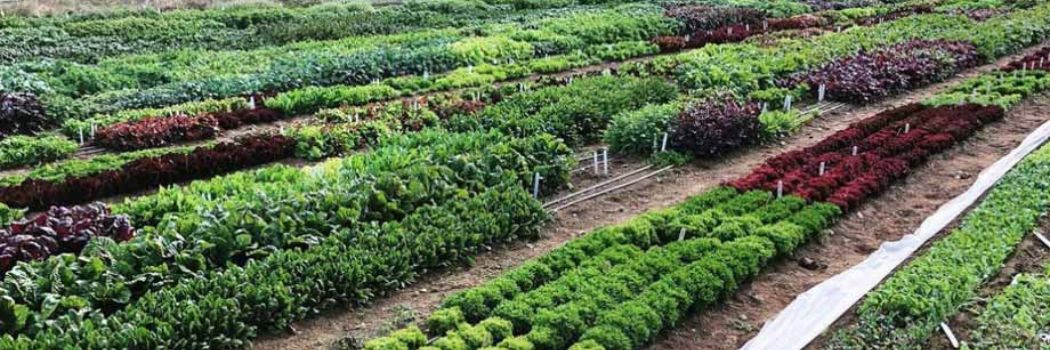
What is Succession Planting?
Succession planting is simply the practice of staggering your plantings to ensure a continuous supply of fresh vegetables throughout the growing season. It's about making the most of your garden space and time. Forget the notion that this is some complex scientific formula! It's all about thoughtful planning and strategic sowing. Think of it as a relay race for your vegetables: as one crop finishes its run, another is ready to take its place. By carefully timing your plantings, you can avoid those frustrating periods of feast or famine and enjoy a steady harvest of your favorite vegetables.
Vegetable Selection: The Key to Success
Not all vegetables are created equal when it comes to succession planting. The best candidates are those that mature quickly and can be harvested multiple times. Here are three excellent choices to get you started:
- Radishes: These peppery root vegetables are incredibly fast growers, often ready to harvest in as little as 3-4 weeks. Their quick turnaround makes them ideal for succession planting.
- Lettuce: Whether you prefer loose-leaf varieties or crisphead types, lettuce is another excellent choice. Many varieties can be harvested using the "cut-and-come-again" method, extending their harvest period significantly.
- Bush Beans: Unlike pole beans, bush beans produce a concentrated harvest over a few weeks. By planting new rows every 2-3 weeks, you can enjoy a steady supply of fresh beans all summer long.
Techniques for a Continuous Harvest
There are several techniques you can use to implement succession planting in your garden. Here are three of the most effective:
Staggered Sowing: This is the most basic and widely used technique. Simply sow seeds or transplant seedlings every 2-3 weeks. For example, start a new row of radishes every two weeks. As one row matures and is harvested, the next is already coming up. In Zone 6a, you might start radishes indoors in early March and direct sow every two weeks until mid-May.
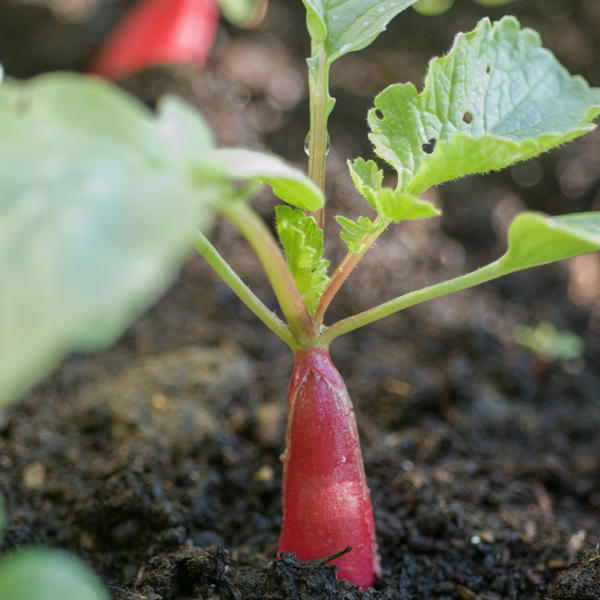
Intercropping: This technique involves planting fast-growing crops between slower-growing ones. For instance, sow radishes between rows of lettuce. The radishes will be harvested long before the lettuce needs the space, maximizing your garden's productivity. It's a fantastic way to get the most out of every square inch.
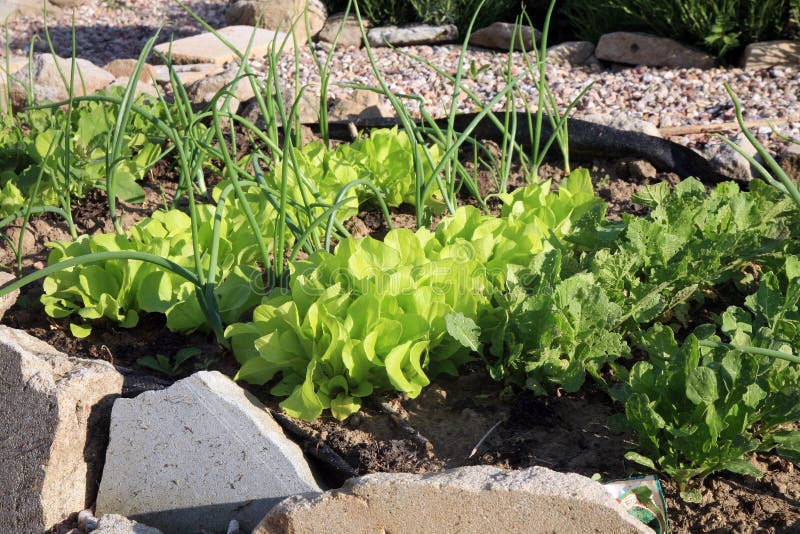
Cut-and-Come-Again Harvesting: This method is particularly well-suited for leafy greens like lettuce, spinach, and kale. Instead of harvesting the entire plant at once, simply harvest the outer leaves as needed, leaving the inner leaves to continue growing. This extends the harvest period significantly, providing you with a continuous supply of fresh greens.

Region-Specific Advice: Making Succession Planting Work for You
The success of succession planting hinges on understanding your local climate and adapting your strategy accordingly. Here's some region-specific advice for USDA Plant Hardiness Zones 6a and 9b:
Zone 6a (Cooler Climates):
- Focus: Extending the season and protecting plants from frost.
- Strategies:
- Start early: Begin seeds indoors 6-8 weeks before the last expected frost.
- Use row covers: Protect early and late-season crops from frost and cold temperatures.
- Choose cold-hardy varieties: Opt for lettuce and radish varieties that can tolerate cooler conditions.
- Planting dates: Start radishes indoors in early March, direct sow every two weeks until mid-May, and then resume in late August for a fall harvest. Begin lettuce indoors in late February/early March, transplanting out under row covers as soon as the soil can be worked. Sow bush beans every three weeks from late May through July for a continuous summer harvest.
Zone 9b (Warmer Climates):
- Focus: Dealing with heat and extending the growing season through the winter.
- Strategies:
- Plant heat-tolerant varieties: Choose lettuce and bean varieties that can withstand high temperatures.
- Provide afternoon shade: Use shade cloth or plant taller crops to protect heat-sensitive vegetables from the intense afternoon sun.
- Water deeply and regularly: Consistent watering is essential in hot climates.
- Time plantings strategically: Avoid planting during the hottest months of summer. Focus on spring and fall crops, and take advantage of mild winters for continuous harvests.
- Planting dates: Direct sow radishes from September through April. Start lettuce in flats in August for transplanting in September, and continue planting every 3-4 weeks throughout the fall and winter. Sow bush beans from September through May, avoiding the hottest summer months.
Pest Management: An Added Bonus
Succession planting can also contribute to better pest management in your garden. For example, early radishes can act as a trap crop, attracting flea beetles away from later lettuce or bean crops. By sacrificing a small portion of your early radish crop, you can protect your more valuable vegetables from pest damage. Rotating your crops regularly as part of your succession planting plan also helps to disrupt pest cycles and prevent infestations.

Tools Needed for Succession Planting
While succession planting doesn't require a lot of specialized equipment, a few essential tools can make the process easier and more efficient:
- Dibber: A dibber is a small, pointed tool used to create precise holes for planting seeds and seedlings. This ensures consistent spacing and depth, leading to better germination and growth.
- Row Covers: In cooler climates (like Zone 6a), row covers are essential for protecting early and late-season crops from frost and cold temperatures. They can also provide protection from pests.
- Soil Thermometer: A soil thermometer helps you ensure that the soil temperature is optimal for germination. Different vegetables have different temperature requirements, so knowing the soil temperature can help you time your plantings accurately.
Embrace the Continuous Harvest!
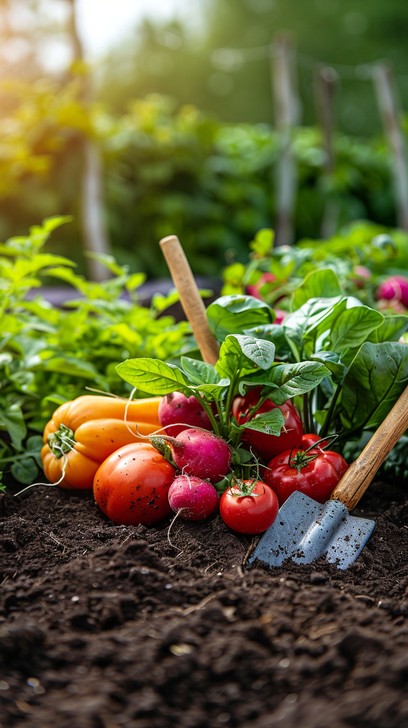
Succession planting is a simple yet powerful technique that can transform your garden from a seasonal burst of produce to a continuous source of fresh, homegrown vegetables. By staggering your plantings, choosing the right vegetables, and adapting your strategy to your local climate, you can enjoy a bountiful harvest from spring through fall. Beyond the increased yield, you'll also benefit from reduced pest pressure and a more resilient garden ecosystem.
So, what are you waiting for? Grab your calendar, start planning your succession planting strategy today, and get ready to enjoy a season-long bounty of delicious, homegrown vegetables! Happy gardening!